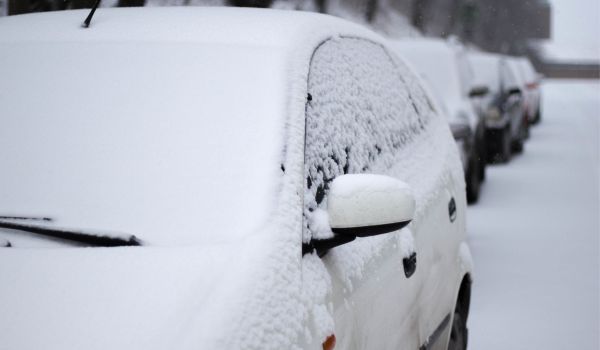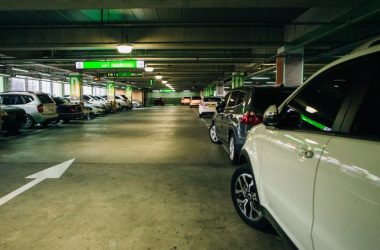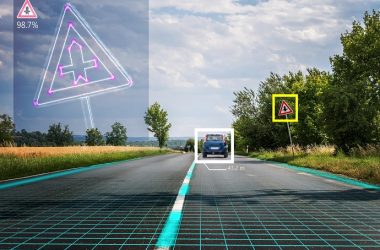Executive Summary:
License plate recognition system work in Snow. These systems utilize advanced camera technology and image processing algorithms to accurately identify license plates, even when they are covered in snow or ice. LPR systems are equipped with features like infrared imaging and image enhancement to improve visibility and maintain functionality in challenging environments.
During snowy conditions, LPR systems may face some challenges, such as reduced visibility and the need for regular maintenance to prevent snow accumulation on camera lenses. However, with proper installation and maintenance, License Plate Recognition System can work in snow, contributing to enhanced security and efficiency in traffic management and law enforcement applications, regardless of weather conditions.
Introduction:
Automatic license plate recognition systems are altering how we control traffic, improve security, and expedite numerous procedures.
These systems read and process license plate data using cutting-edge technology, which helps with law enforcement, toll collection, parking management, and other functions.
The performance of automatic license plate recognition systems in adverse weather, such as snow, is a crucial factor to take into account because, like any technology, they have limitations.
How Do Automatic License Plate Recognition Systems Operate?
Let’s first examine how License Plate Recognition System Work in Snow on these systems.
ALPR systems are made up of cameras and software that automatically capture, read, and store license plate data.
- Image Capture:
The processing units of every ALPR system are high-resolution cameras. These cameras are placed in a specific location, such as a toll booth, parking lot entry, or a road that is being watched, to take pictures of cars as they pass through.
Getting crisp, detailed pictures of the cars and their license plates is the main goal of image capture.
The cameras must be able to take pictures in a variety of lighting situations, including broad daylight, low light at dawn or twilight, and even at night.
Additionally, they must be prepared to deal with a variety of weather situations, including snow, rain, and fog. The camera’s high resolution makes sure that the photos are acquired with enough detail for future processing steps.
- Image Processing:
Image processing is the next stage after the photos have been taken. Specialized software can be used in this situation. The software’s main responsibility is to analyze the photos and extract the area of interest, which is the actual license plate.
This entails locating the license plate inside the image and separating it from any other items, the background, or the body of the car.
By making adjustments for numerous elements that may have an impact on image quality, image processing also includes boosting the visibility of the license plate.
This may entail adjusting for uneven lighting, reducing headlight glare, and taking care of problems with the camera’s angle and proximity to the vehicle.
- Data Storage:
The last step of the automatic license plate recognition procedure involves saving the identified license plate data in a database for later retrieval. All of the license plate data that the system has collected is stored in this database.
Every entry normally contains the license plate number, the date and time of the photograph, and maybe additional useful information like the location. Authorized users or apps can access and retrieve stored data for a variety of purposes.
Toll collection systems can enable precise billing, parking management systems can record when vehicles enter and depart parking spaces, and law enforcement agencies can use this information to identify and track vehicles of interest.
ALPR Performance Influencing Factors
Regardless of the weather, a number of things affect how well ALPR systems work. These elements consist of:
- Camera Quality:
An automatic license plate recognition system’s performance is greatly influenced by the caliber and resolution of the cameras employed in it.
To capture precise photographs of cars and license plates, high-resolution cameras are necessary. Image clarity, which is essential for future image processing and optical character recognition (OCR), is directly impacted by the camera’s resolution.
Lower recognition accuracy might be caused by hazy or pixelated photos from a poor camera.
- Lighting Conditions:
The effectiveness of the ALPR technology depends heavily on lighting conditions. For precise image capture and OCR processing, both daytime and nighttime lighting is necessary.
Environments with good lighting produce sharp, defined images that make it simpler for the system to recognize and isolate license plates.
Challenges can arise from inadequate lighting or sharp contrasts between light and shadow.
Insufficient light might result in underexposed or overexposed pictures, which makes it challenging for OCR software to correctly identify the characters on the license plate. As a result, having good lighting is essential for getting accurate ALPR findings.
- Angle and Distance:
The ALPR system’s license plate capture angle and distance can have a big impact on how accurately license plates are recognized. In an automatic license plate recognition zone, cameras are normally positioned at certain angles and distances from the moving traffic.
To achieve optimal performance, these settings need to be precisely tuned
It might be difficult for OCR software to precisely identify and decipher characters when license plate photos are twisted or deformed due to improper camera angles or distances. To get the finest results, cameras must be precisely calibrated and aligned.
Will License Plate Recognition System Work in Snow?
Indeed, snowy circumstances can be difficult for ALPR devices. The clear capture of photographs can be hampered by the presence of snowflakes, ice, or frost on license plates.
Snow can also reflect light from the cameras in the system, sometimes generating glare and lowering image quality.
The impact of bad weather, however, is lessened by features included in contemporary ALPR systems.
Automatic wipers, heated camera enclosures, and anti-glare technology can all assist in keeping equipment working even while it’s snowing. ALPR cameras must be maintained and cleaned on a regular basis to function at their best.
Although ALPR devices can operate in snow, it’s important to have reasonable expectations. When there is significant snowfall or blizzard-like circumstances, the performance might not be perfect, but with the proper tools and upkeep, they can still deliver useful information.
Conclusion:
While automatic license plate recognition (ALPR) systems have several advantages, unfavourable weather conditions like snow might affect how well they operate. Users and operators must comprehend the technology, its operating components, and the effects of snow.
Even while ALPR systems can function in snowy situations with the right tools and upkeep, it’s important to be aware of their limitations and take precautions to guarantee dependable performance in all weather conditions.
Purchasing high-quality cameras and putting preventive maintenance practices in place may help your ALPR system work as efficiently as possible, no matter the weather.










